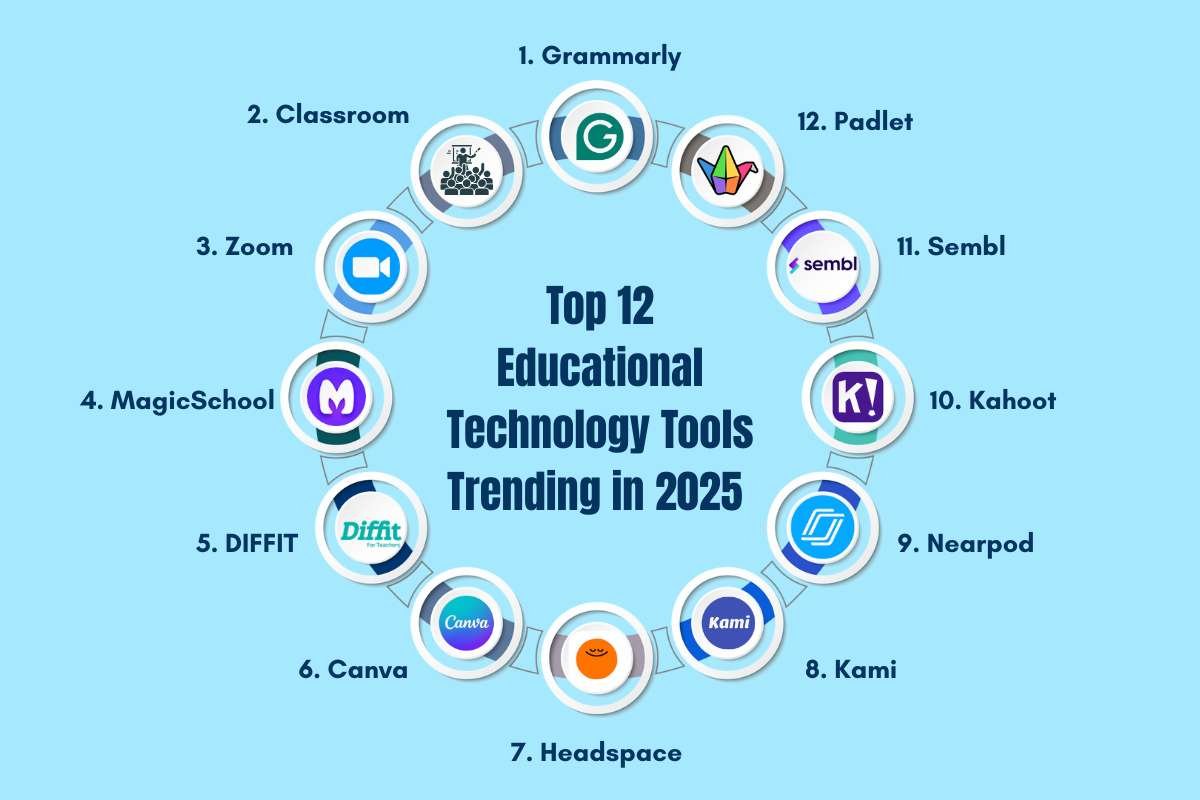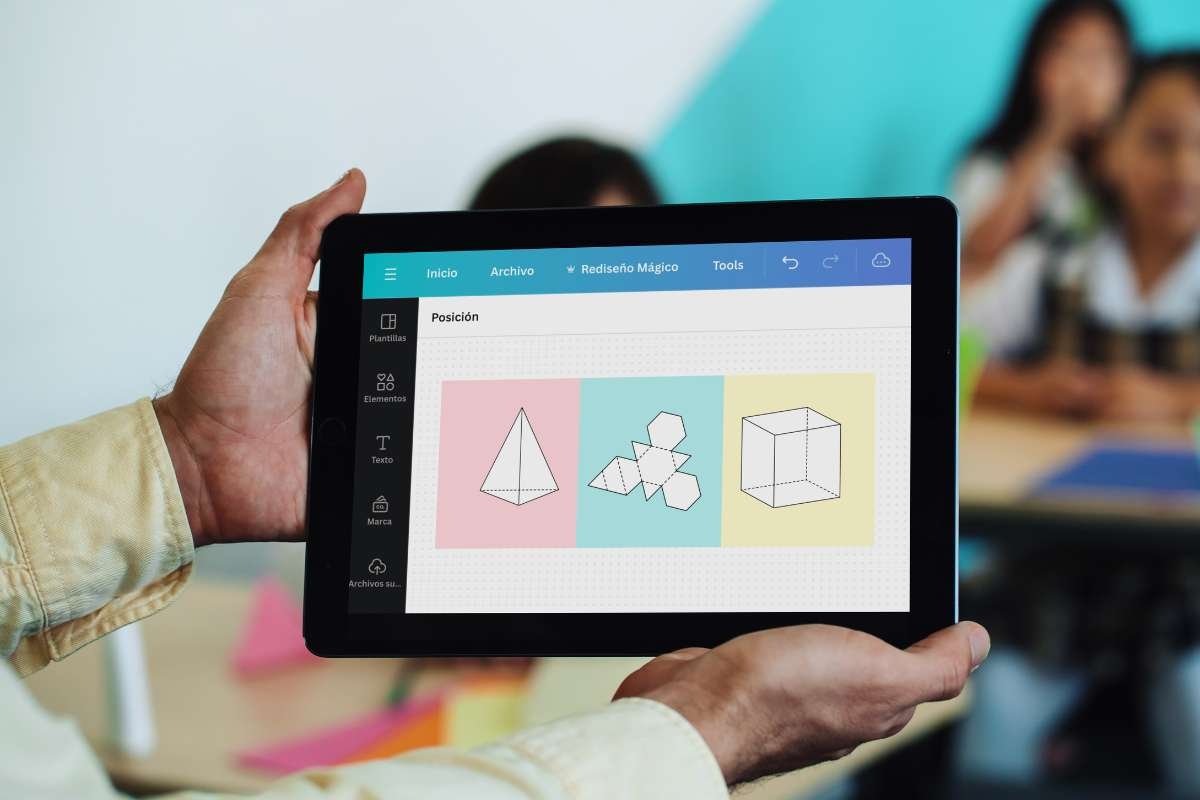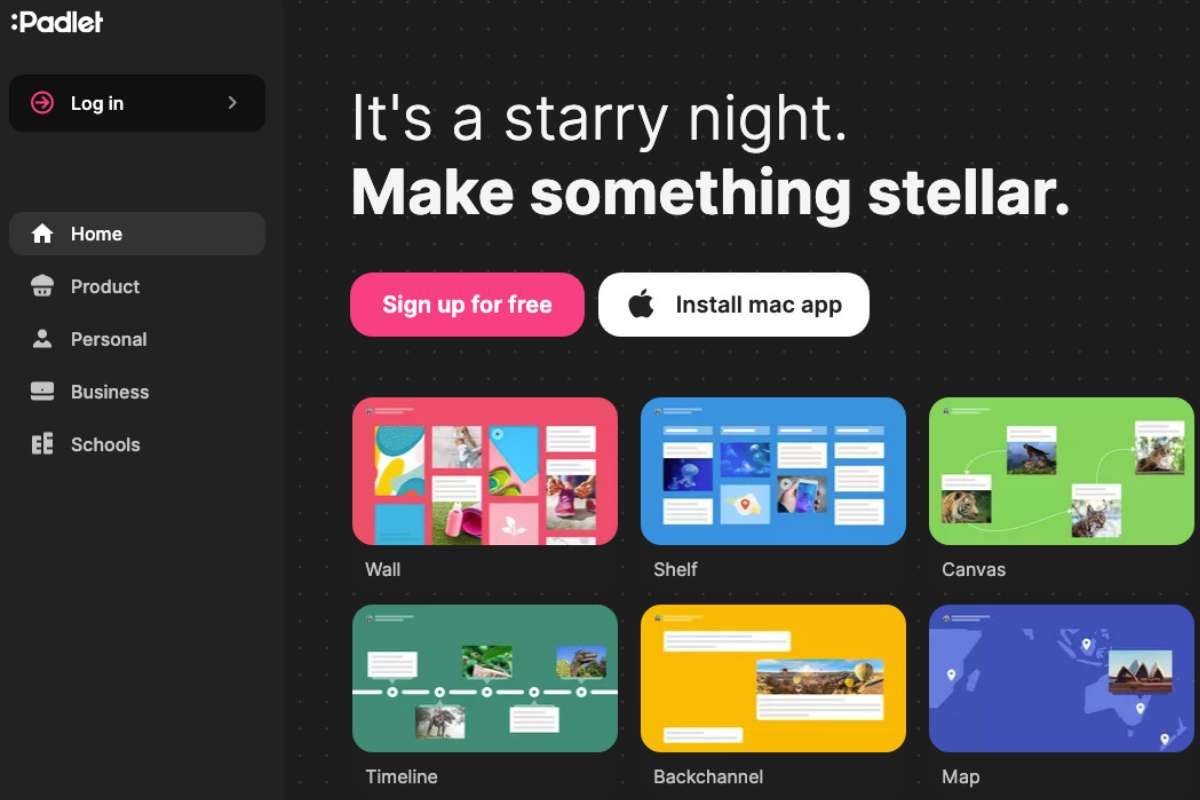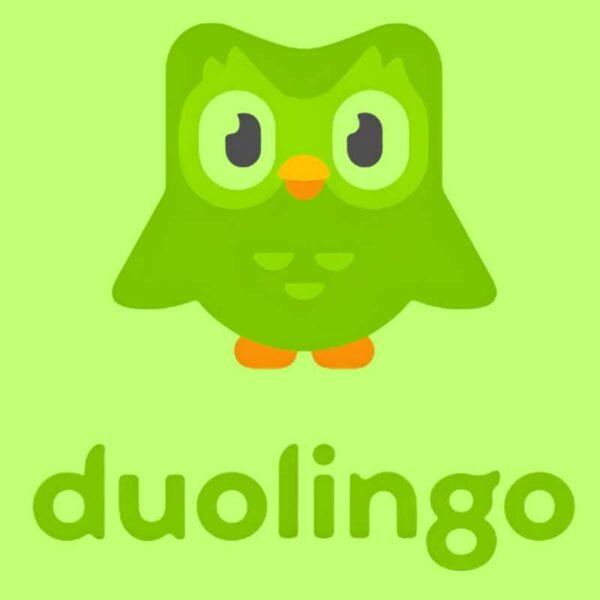So, what’s it with this generation’s education system? It’s all about creativity and effective learning powered by technology. There’s a vivid contrast in how the learning process has changed compared to a decade ago. Additionally, it took a drastic improvement post-pandemic. This is due to the emergence of educational technology tools.
Teaching requires responsibilities involving lesson planning, creating activities for students to provide an immersive learning experience, writing tests, and grading them. Indeed, it is a hectic job. If you’re interested in this line of work, you might be struggling with finding ways to improve the learning experience for your students. With technological advancement, the education sector has successfully made the teaching and learning process more efficient. Edtech tools powered by artificial intelligence are driving this change.
This blog post will discuss several prominent educational technology tools designed to assist teachers with tasks and provide a creative learning experience for their students.
What are Edtech Tools?

Educational technology tools are digital resources (apps, software, platforms, or devices) that help educators carry out their responsibilities and tasks efficiently. These platforms allow students to learn better and brighter in a more creative setting.
Edtech platforms are not just old-school worksheets or PowerPoints in a more digitized framework. They allow interactive learning involving high-quality feedback, gamified activities, and personalized support. Teachers can track students’ performance, have a free grading system, effortless communication, and make abstract concepts visual. These tools, from collaborative whiteboards to video-based assessments, bring flexibility and creativity into everyday teaching. Additionally, they work across different learning styles, making education more inclusive.
Top 12 Educational Technology Tools Trending in 2025

1. Grammarly
We proofread this blog using this tool before posting it. Grammarly is a widely used and one of the best educational technology tools. This tool can detect all sorts of mistakes in your writing and suggest how to fix them. You can effortlessly make tone suggestions, sentence rewrites, and vocabulary improvements. For students, it boosts writing confidence and independence. For teachers, it cuts down on repeated grammar lessons. Whether grading or drafting a parent newsletter, Grammarly keeps your words polished and clear.
2. Classroom
Students often graduate with valuable tech-based skills that help them compete in the global job market. Classroom, a free tool for educators, supports this by making sharing resources and study materials easy. Its user-friendly design makes it a great way to introduce students to technology. It also encourages active participation and helps students build confidence using digital tools.
3. Zoom
Well, how can we even forget this one? Zoom was like the staple during the pandemic, keeping the game running for many organizations. This powerful tool is a video conferencing software that facilitates online classes and virtual meetings on a global scale. Zoom has become one of the most widely adopted educational technology tools for its smooth interface and dependable connectivity. Its breakout room feature allows teachers to split students into smaller discussion groups, making collaborative learning more effective, even remotely. Zoom empowers educators to present lessons interactively and engage students in real-time collaboration.
4. MagicSchool
MagicSchool helps teachers cut hours from their weekly planning routine. You can generate lesson plans, learning objectives, rubrics, report card comments, and even individualized education plans (IEPs) with simple prompts. It’s designed to focus on what teachers need in the classroom.
5. DIFFIT
Diffit helps teachers give students duplicate content at different reading levels. You paste a text, and the tool adjusts the difficulty. It’s helpful in classrooms where students have mixed reading skills. It also adds questions and vocabulary lists, making it easier to create reading activities. Diffit helps ensure that every student can participate in the same lesson in a way that works for them.
6. Canva

Canva is among the widely used educational technology tools. It is a user-friendly online design platform that helps individuals and businesses easily create stunning visuals. Whether you’re an educator aiming to enhance your lessons or a student collaborating on a creative assignment, Canva is the best suited for everyone. Its vast selection of customizable templates, high-quality graphics, and intuitive design tools makes crafting presentations, infographics, classroom posters, and social media visuals incredible. It’s new AI-powered Magic Studio takes things up a notch, empowering teachers and learners to generate text and images that easily bring their ideas to life.
7. Headspace
Mindfulness and meditation are crucial topics in the curriculum because they help students learn to manage stress, focus better, and understand their emotions. Headspace is an app that allows educators and students to learn mindfulness in a simple setting. Its unique focus feature is helpful for educators and students, as it improves study sessions and your focus. This is an excellent way for teachers to instill good mental health habits in their students that can benefit them in the long run.
8. Kami
Kami turns any PDF or digital handout into an interactive activity. Students can highlight, underline, draw, insert text, or leave voice notes directly on documents. Teachers can track engagement and provide feedback right on the page. It’s perfect for close reading, digital worksheets, and remote learning. It feels like a paper notebook but brighter, cleaner, and harder to lose.
9. Nearpod
Nearpod is one of the most flexible educational technology tools for college. It lets teachers create lessons that are way more than just plain slides. You can directly include live quizzes, polls, videos, and open questions within the lesson. This gets students more involved in the classroom or learning from home. Teachers can quickly see if students understand and change their teaching on the fly. With options for personalized learning and students working together, Nearpod helps make every class more interesting and worthwhile.
10. Kahoot
Kahoot! is one of the most exciting educational technology tools that turns learning into a high-energy classroom experience. Teachers can build quizzes and surveys or complete lessons with engaging visuals and timed questions. With music, countdowns, and a dynamic scoreboard, every quiz feels like a fun challenge rather than a test. It works for all age groups and subjects, and its user-friendly interface makes it a favorite for teachers worldwide. Kahoot, whether you’re reviewing before a big exam or starting a new topic! It creates an environment where students engage in a creative learning experience.
11. Sembl
Sembl is yet another edtech tool that transforms the way students learn math. Instead of assigning traditional worksheets, teachers can create activities for a grade, a topic, or a learning goal. The intuitive interface helps students find the answer and understand how and why they got there. Whether you’re teaching fractions or algebra, Sembl invites students to solve problems in teams, explain their reasoning, and even challenge each other’s logic in a friendly way. It encourages deeper thinking and critical discussion, turning your math block into a discovery space.
12. Padlet

Padlet is a simple yet powerful digital tool, like a virtual bulletin board, where teachers and students can post ideas, resources, and feedback in one shared space. Users can add text, images, videos, voice notes, or links with just a few clicks. It’s perfect for classroom brainstorming, group projects, interactive discussions, or even organizing lessons. What makes Padlet stand out among educational technology tools is its ability to turn a blank page into a lively, creative board that encourages participation, teamwork, and expression.
Similar Article:
- The Future of Education Technology: Transforming Learning for the 21st Century
- Empowering Education: Exploring the Best Free Learning Management Systems
- Seizing the Wave: Exploring Opportunities for Entrepreneurs in the Shift to Online Education
Conclusion
The classroom isn’t what it used to be, and that’s a good thing. These educational technology tools make teaching more efficient and learning more joyful. From organizing your day to unleashing student creativity, they don’t replace teachers; they empower them. Edtech tools help teachers and students bring back the old spark in education through creative and learning experiences.










